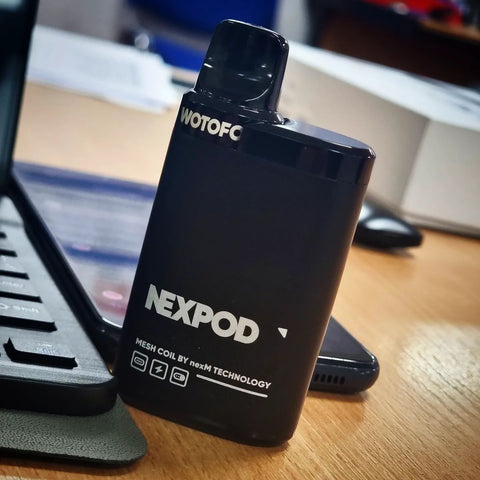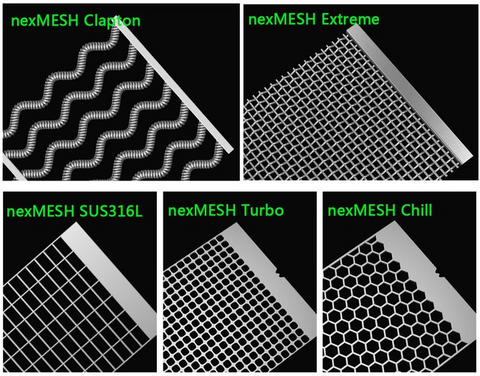Preparing a homemade e-juice requires you to follow some simple steps:
- Finding a recipe and studying it:
This involves checking out a variety of DIY vape juice recipes and makes a choice of the one you prefer. More importantly, ensure that you understand everything it comprises. Learn what the different abbreviations mean before doing the actual mixing.
Often, propylene glycol is abbreviated as PG. PG is the most commonly used base in preparing DIY juices. It’s characterized by light consistency and fast absorption time making it a perfect choice for preparing an e-juice with a strong throat hit.
Vegetable glycerin is abbreviated as VG which is characterized by a strong consistency causing a slow absorption rate. VG is the right choice for vapers who love cloud chasing, i.e., making huge and dense vapor clouds.
The PG VG ratio of e-liquid will yield different tastes and vaping experiences.
- Measuring ingredients for e-juices:
Now that you have the recipe of your choice and the necessary understanding of the ingredients, you need to know how adding is done. The recipe comes with the amount (percentage) of the ingredient that should be added in the mixture.
To avoid confusion and ultimately preparing a vape juice with bad taste, adopt a simple recipe that uses understandable quantities like milliliters (mL) or drops.
- Preparing your DIY vape juice:
This’s the real magic, it’s implementing the theoretical e-juice on the paper to make an actual vape juice. Ensure that the environment is clean and safe always. Often, glass bottles are the ideal containers for storing vapes juices because they don’t retain scent or hints of flavors between uses.
Typically, we have two main methods of mixing the ingredients: by volume and by weight.
By volume requires you to use volumetric equipment like syringes to measure the volume of ingredients. Separate syringes are used to fill up the bottle.
By weight requires you to use the e-juice Me Up tool and placing the bottle on a weighing scale. The content of ingredients is measured in grams to achieve the desired percentage.





Leave a Comment